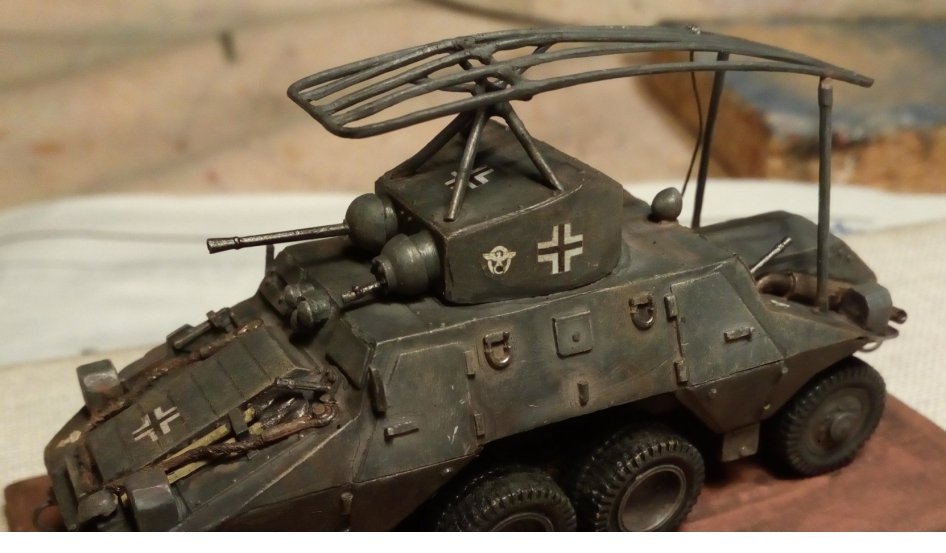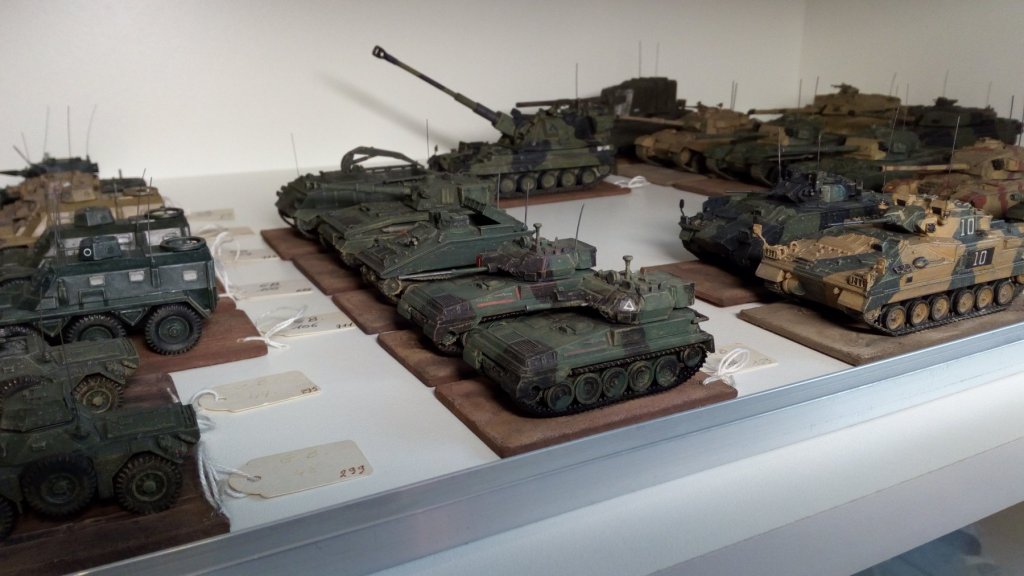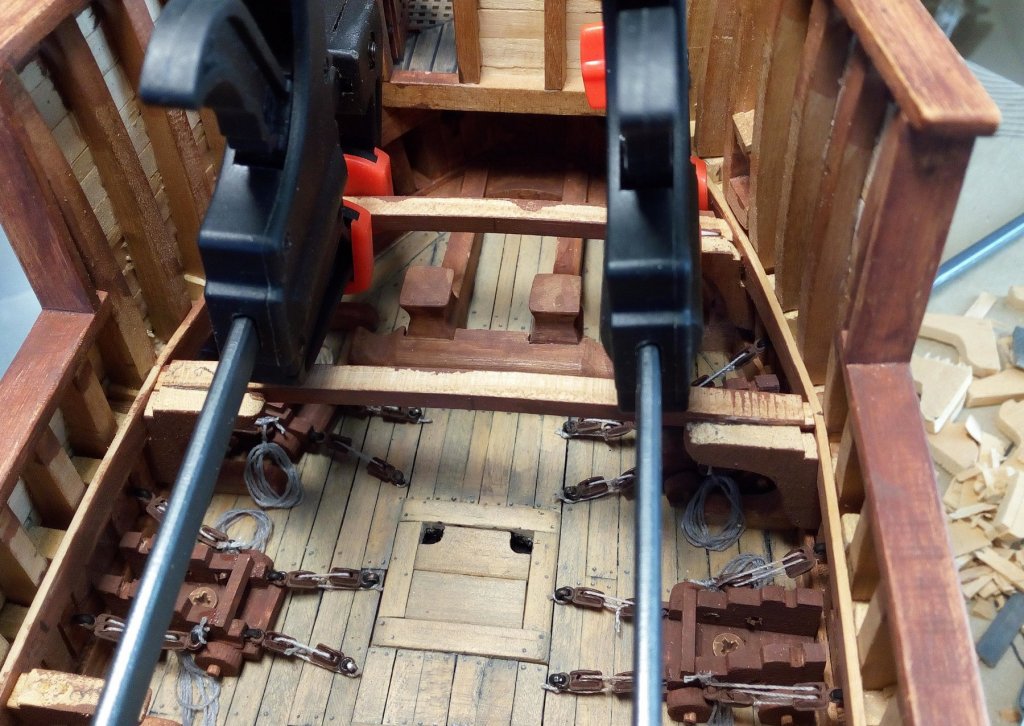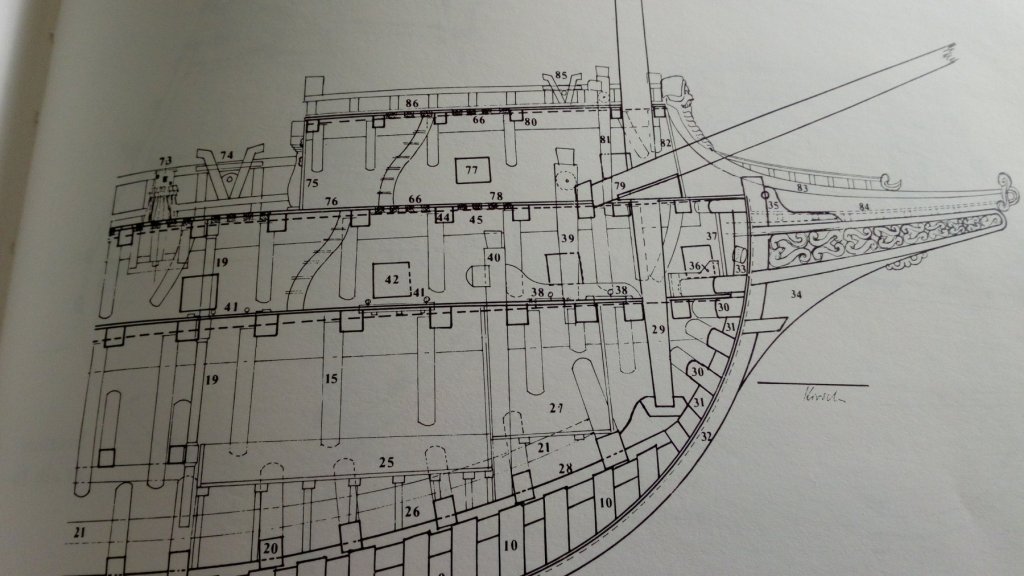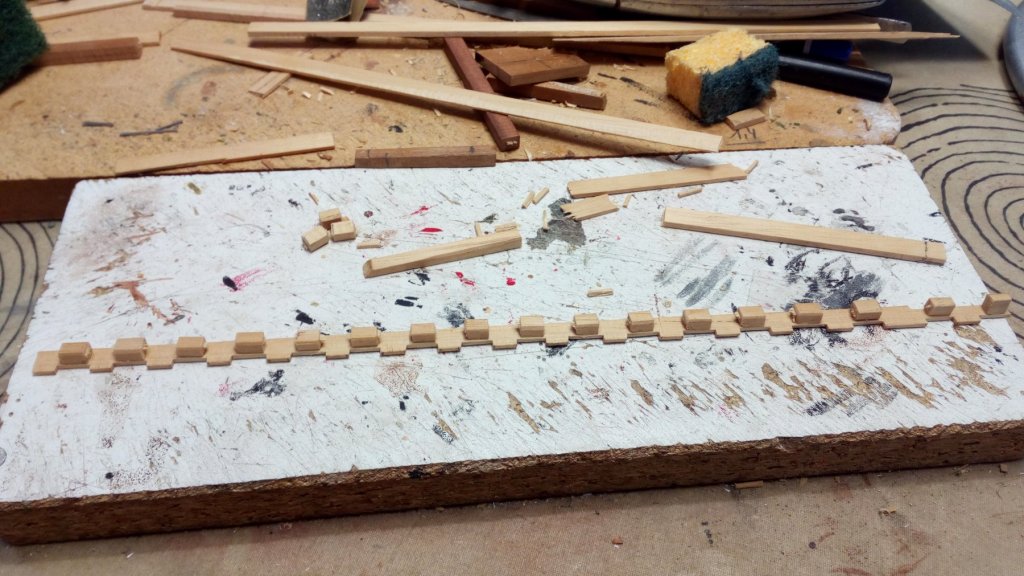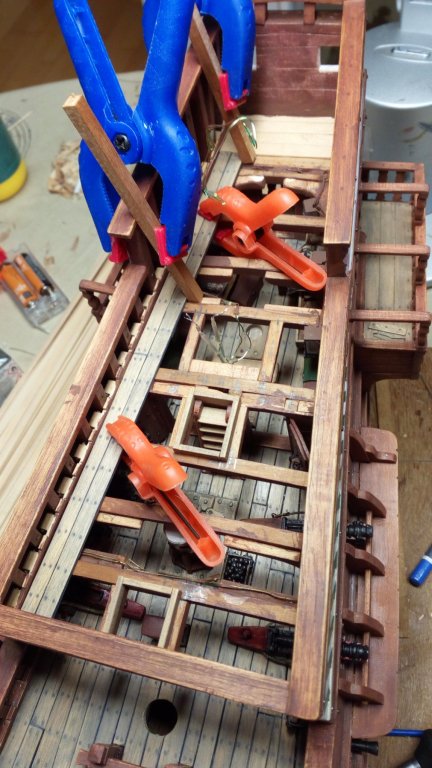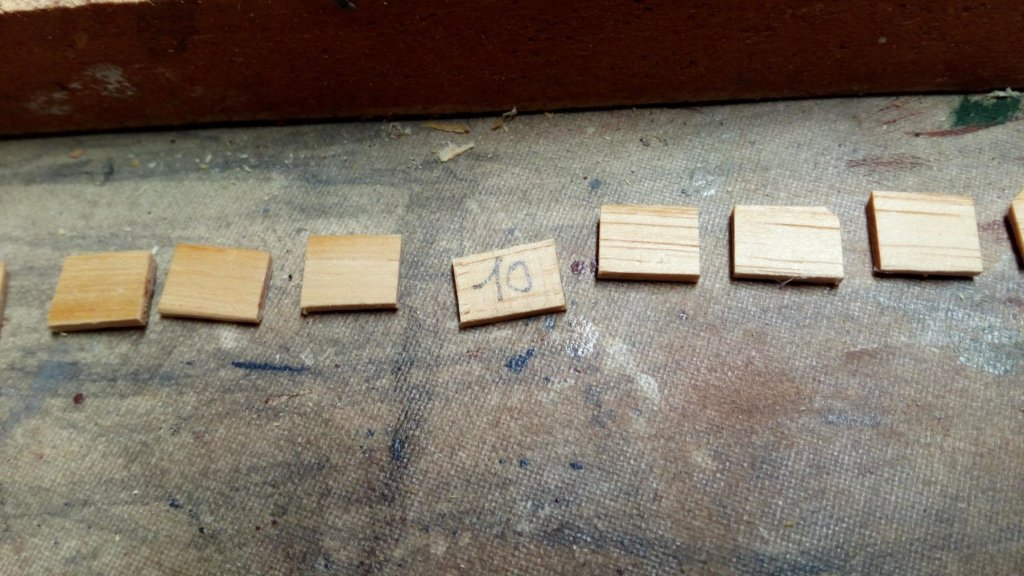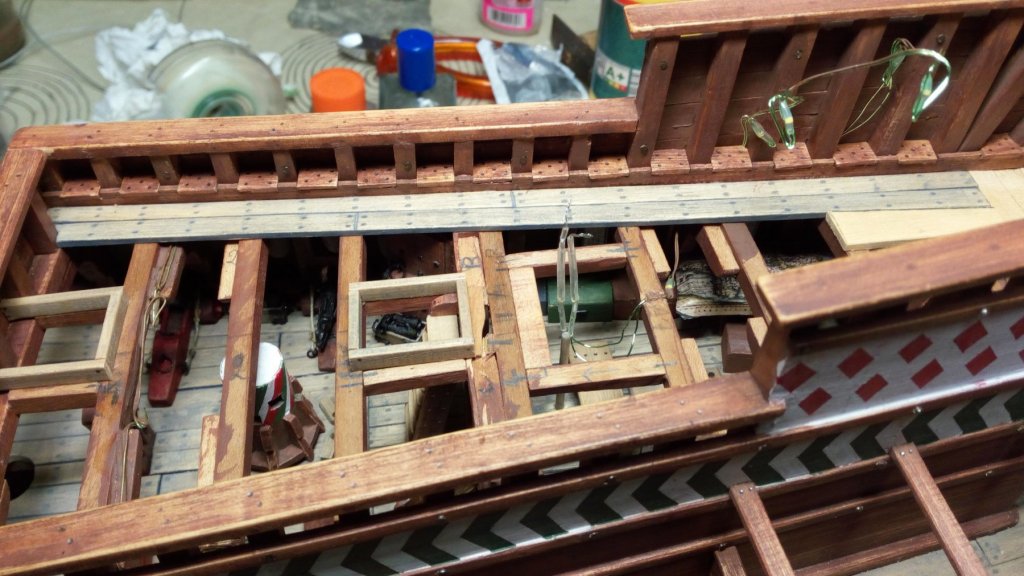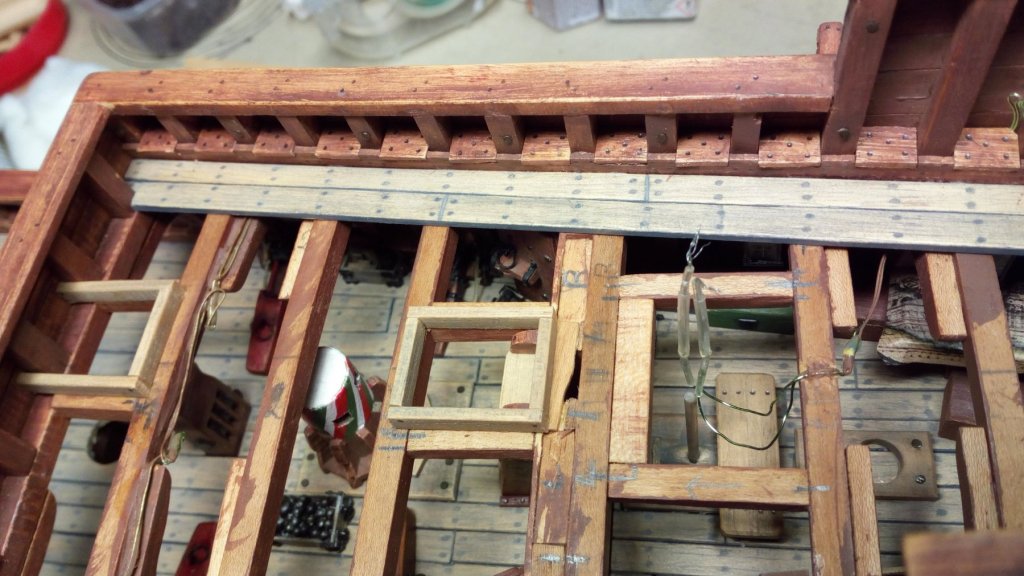-
Posts
4,234 -
Joined
-
Last visited
Content Type
Profiles
Forums
Gallery
Events
Everything posted by Baker
-
Nice models.
-

Hi everyone, a returning modeller now living in NZ.
Baker replied to Jonny 007's topic in New member Introductions
And good luck. -
Ola. And Welcome to MSW
-
Welcome to MSW. Greetings from Belgium
-
Hello And
-
Greetings and
-
Nice work on this model Steven. Better slow but steady, then fast but wrong. That is also my way of thinking about this hobby.
- 740 replies
-
- Tudor
- restoration
-
(and 4 more)
Tagged with:
-

Planking Model Ships
Baker replied to alpayed's topic in Planking Techniques's Planking Downloads and Tutorials and Videos
Very instructive. Thanks for sharing -
Nice carvings. Good luck with your first model ship.
-

Greetings from North Yorkshire, England
Baker replied to Niallmhor's topic in New member Introductions
-
Nice models
-

Greetings from North Yorkshire, England
Baker replied to Niallmhor's topic in New member Introductions
Nice "car" . Looks like something from the CVR (T) family. Was this specially designed to give driving lessons. Or is this a Sultan command vehicle? -
The first time i see a kettenkrad and a kubel on scale 1/350. Great build on the Graf zeppelin, and the planes. And everything else of course.
- 345 replies
-
- graf zeppelin
- trumpeter
-
(and 2 more)
Tagged with:
-
My idea The cable goes through hawse hole n° 33, is attached to n° 40 and is stored in the cable tier n° 25 (And certainly not use a chain) Photo and info from the book "Galleon The great ships of the armada era" by Peter Kirsch. And on my 16th century English Galleon Golden Hind. The 2 cables of the anchors will "disappear" in the 2 holes in the hatch.
-
I guess that it is something you don't have to do every year 😁. Actually, it was 20 years ago and painting became urgent Made some progress and started with the deck. The finish between the deck and the frames is just the same as the deck below. First a plank is made that is glued to the frames. Supports are glued to the rear of this plank. The plank is glued and then the first 2 deck planks. The holes between the frames are closed with small planks. These are first all made separately (and numbered) and then painted before assembly. And the alignment of the "nails" in the deck planks is indeed not in line with the alignment of the deck beams. But once the deck is completely planked, this error is no longer visible. Thanks for following
- 756 replies
-
- galleon
- golden hind
-
(and 2 more)
Tagged with:
-
Greetings and
-
Great work on the dry dock (and the cross section of course). The navy sail training ship, was this the Zenobe gramme??
- 219 replies
-
- smack
- cross-section
-
(and 2 more)
Tagged with:
-
Groeten uit Belgie
-

Roter Löwe 1597 by Ondras71
Baker replied to Ondras71's topic in - Build logs for subjects built 1501 - 1750
Congratulations, It is always a relief when all those holes are drilled and filled Beautiful work Ondras -
About us
Modelshipworld - Advancing Ship Modeling through Research
SSL Secured
Your security is important for us so this Website is SSL-Secured
NRG Mailing Address
Nautical Research Guild
237 South Lincoln Street
Westmont IL, 60559-1917
Model Ship World ® and the MSW logo are Registered Trademarks, and belong to the Nautical Research Guild (United States Patent and Trademark Office: No. 6,929,264 & No. 6,929,274, registered Dec. 20, 2022)
Helpful Links
About the NRG
If you enjoy building ship models that are historically accurate as well as beautiful, then The Nautical Research Guild (NRG) is just right for you.
The Guild is a non-profit educational organization whose mission is to “Advance Ship Modeling Through Research”. We provide support to our members in their efforts to raise the quality of their model ships.
The Nautical Research Guild has published our world-renowned quarterly magazine, The Nautical Research Journal, since 1955. The pages of the Journal are full of articles by accomplished ship modelers who show you how they create those exquisite details on their models, and by maritime historians who show you the correct details to build. The Journal is available in both print and digital editions. Go to the NRG web site (www.thenrg.org) to download a complimentary digital copy of the Journal. The NRG also publishes plan sets, books and compilations of back issues of the Journal and the former Ships in Scale and Model Ship Builder magazines.

